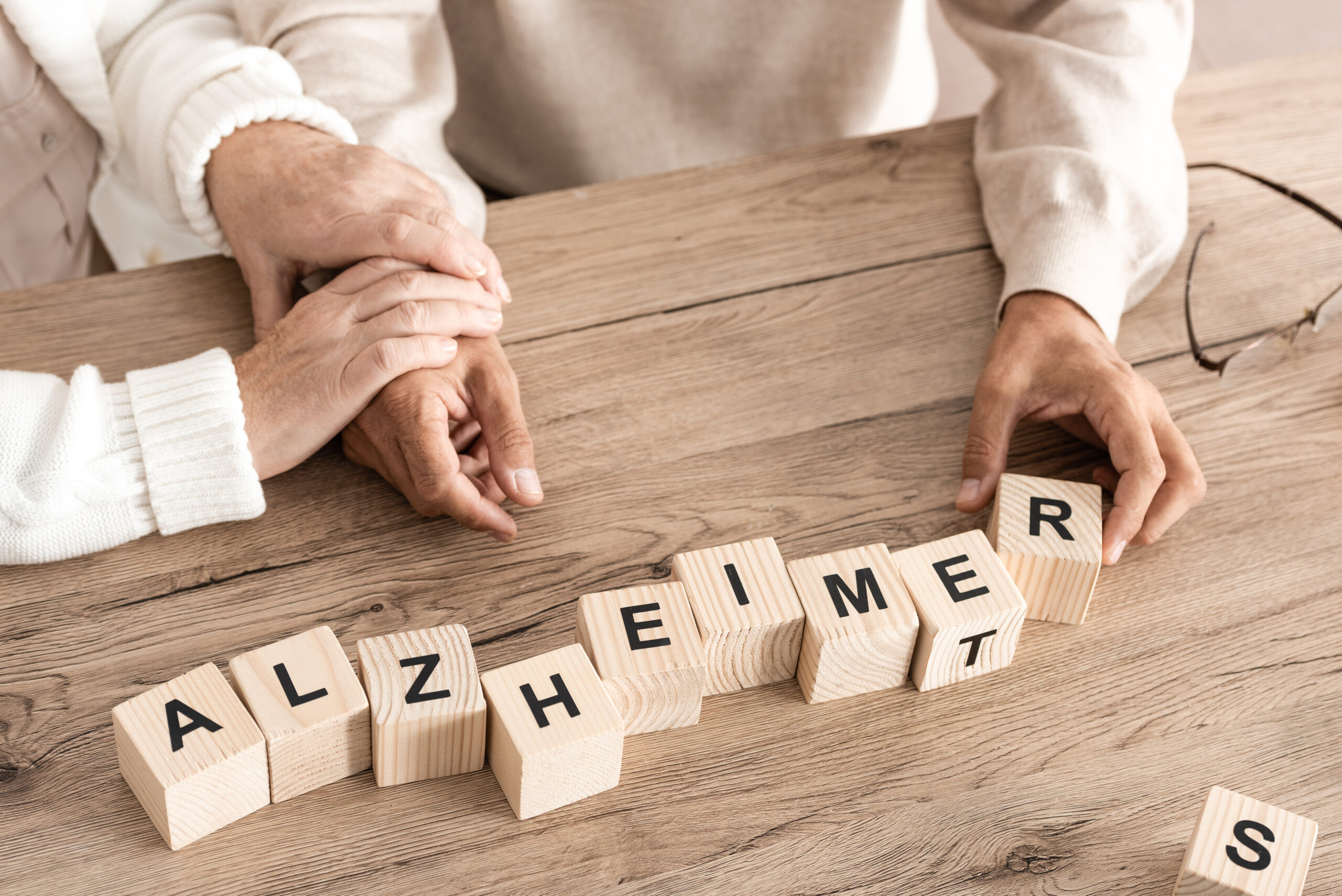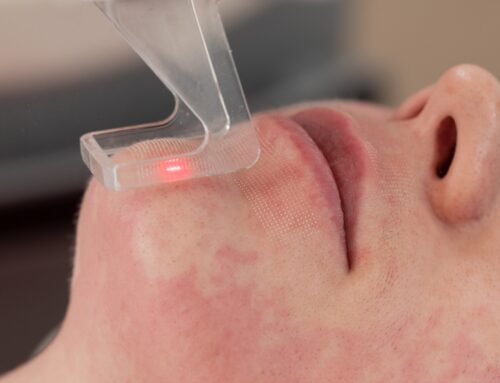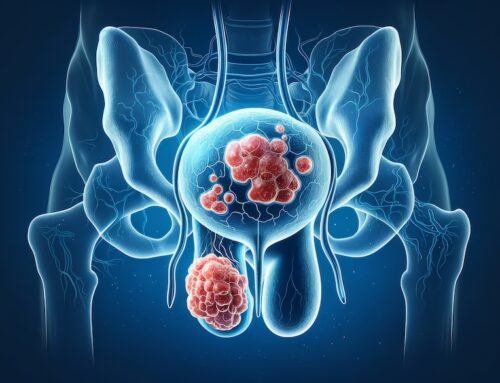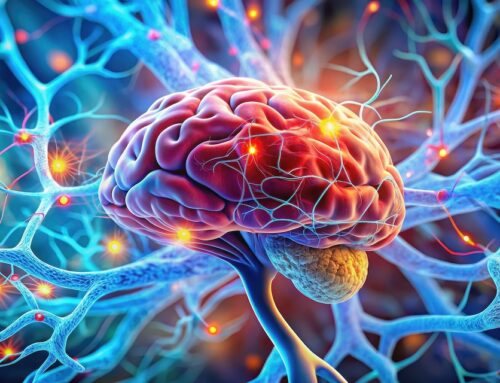Dementia is a neurological disorder that affects millions of people worldwide, causing chronic deterioration of cognitive function. Alzheimer’s disease (AD) is the most common form of dementia in the elderly and affects the majority of cases.
Despite several drugs being available for AD patients, they have limited effects on disease progression and fail to recover cognitive capacity once the disease has progressed. Research has shown that hypoxia, a lack of oxygen in the tissues of the body, plays a major role in AD pathogenesis. This is because reduced oxygen levels can cause problems in the brain, while higher oxygen levels can boost brain function.
The Role of Hyperbaric Oxygen Therapy in AD Treatment
Hyperbaric oxygen therapy (HBOT) is a medical treatment that involves administering 100% oxygen at a greater than normal environmental pressure. It has been used to treat various medical conditions and can effectively increase oxygen levels in the blood and tissues. HBOT has been shown to improve neurological functions and life quality in people who have had a stroke or traumatic brain injury. Moreover, it can improve performance in cognitive tasks and change the electroencephalographic (EEG) pattern of brain activity in elderly healthy subjects.
Recently, a study has examined the effects of HBOT on AD pathologies in a mouse model of the disease. The study found that HBOT can reduce hypoxia and neuroinflammation, reduce beta-amyloid plaques and phosphorylated tau, and improve behavioral tasks. This research has shown that HBOT can be used as a new platform for the treatment of AD. By improving oxygen levels in the brain, HBOT can help reduce the pathology of AD and improve the quality of life for people with this debilitating disease.
How HBOT Works to Treat Alzheimer’s Disease
Hypoxia, the lack of oxygen in body tissues, has been shown to play a crucial role in the pathogenesis of AD. When the brain is starved of oxygen, it can lead to a range of problems, including cognitive impairment, neuronal dysfunction, and neuroinflammation. These changes can ultimately lead to the development and progression of AD. Therefore, increasing oxygen levels in the brain may help to reduce the pathology of the disease and improve cognitive function.
HBOT has been used to treat a range of medical conditions, including decompression sickness, carbon monoxide poisoning, and non-healing wounds. During HBOT, patients are placed in a pressurized chamber and administered 100% oxygen. The increased pressure helps to dissolve more oxygen into the bloodstream and deliver it to the tissues, including the brain. This increased oxygen supply may help to reduce hypoxia and improve cognitive function in people with AD.
Hyperbaric Oxygen Therapy For Alzheimer’s in Brooklyn
HBOT represents a promising new avenue for the treatment of AD. It has been shown to reduce hypoxia and neuroinflammation, reduce beta-amyloid plaques and phosphorylated tau, and improve behavioral tasks in a mouse model of the disease. While further research is needed to determine the optimal treatment regimen and to investigate the long-term effects of HBOT on AD patients, these results suggest that HBOT may be a valuable tool in the fight against AD.
As the number of people affected by this debilitating disease continues to rise, new approaches such as HBOT may hold the key to improving the lives of those living with AD. At Oxygen Clinic NY, we offer this life changing treatment for patients across the dementia spectrum. If you would like to learn or to schedule your first treatment, please reach out to our experienced and caring staff.
Scientific studies: https://www.ncbi.nlm.nih.gov/pmc/articles/PMC5998622/






